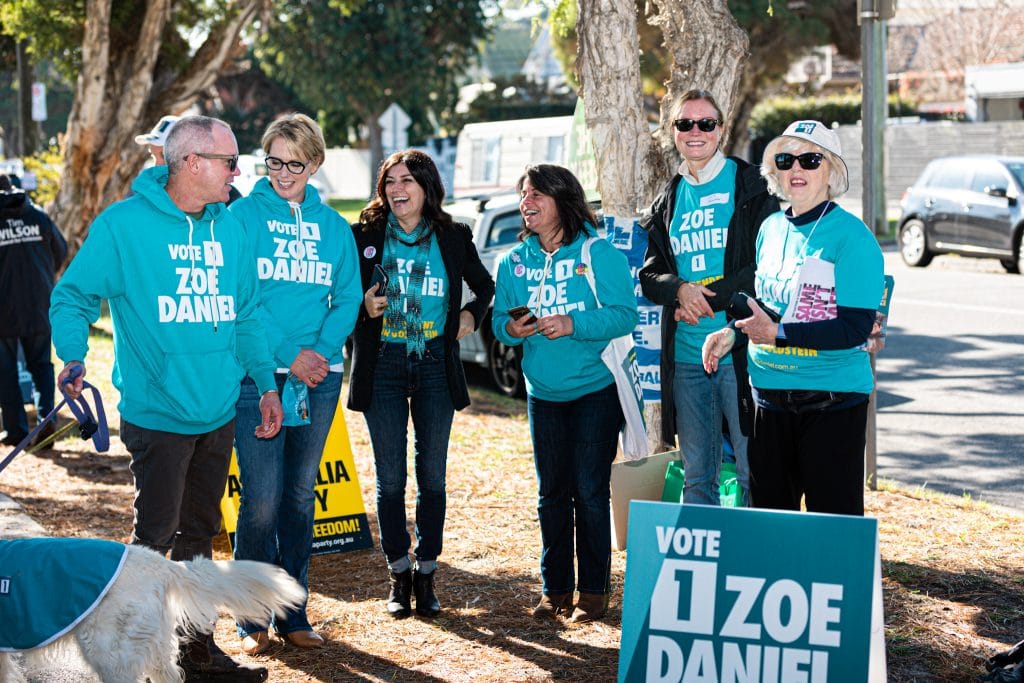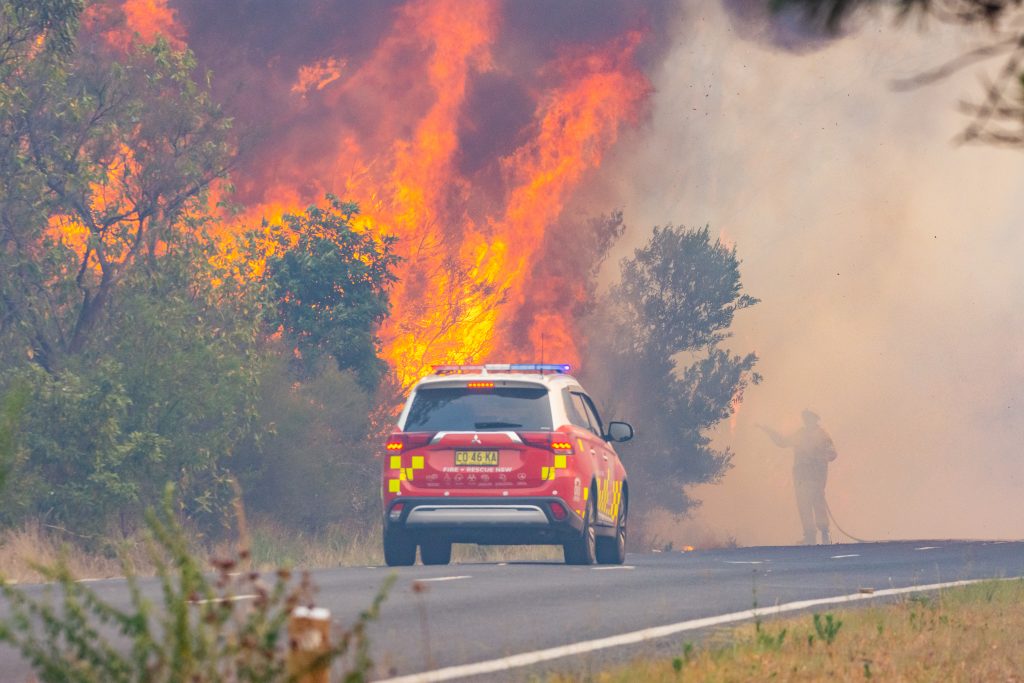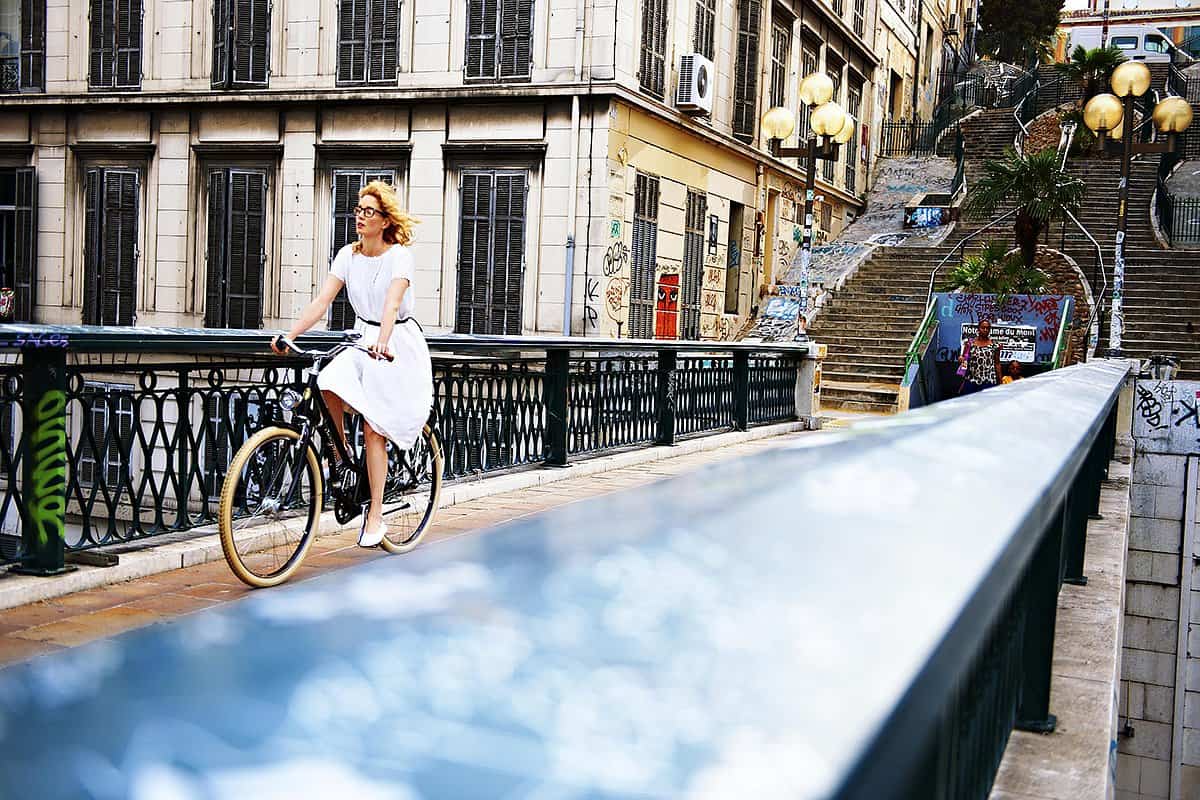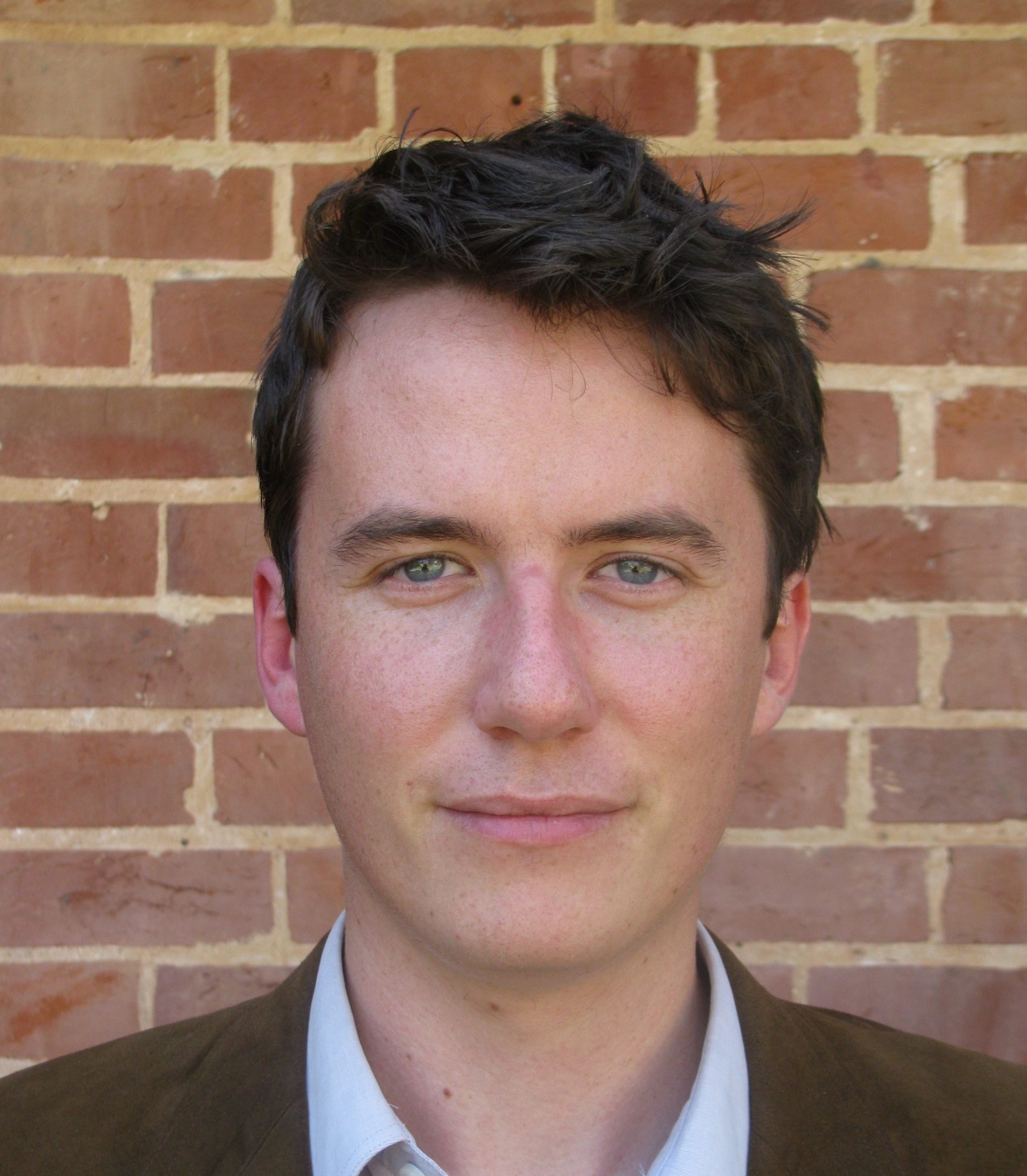When Australia’s new parliament sat for the first time in late July, the familiar faces of the center-left Labor party and the center-right Coalition took their seats as usual on either side of the chamber.
This time, however, the two major parties that have taken turns governing Australia for decades find themselves split down the middle by a formidable new force. Following a record non-major party vote at the Australian federal election in May, the old guard now has to make room for 19 cross-benchers, twice as many as in the last parliament.
This independent uprising largely occurred in seemingly the most unlikely parts of the country — safe conservative seats that had backed the Coalition for generations.
Even more unlikely is that these historically rightwing electorates have voted in candidates pledging aggressive action to cut carbon emissions and rise to the challenge of the climate crisis. What has happened in Australia, say insiders, demonstrates that a progressive stance on the climate, far from being a deterrent to voters, is in fact a perfect example of how prospective politicians can secure votes.
“There’s been a rising tide of frustration,” says Zoe Daniel, one of the successful candidates, who believes that the wave of independent victories are a sign that Australians are fed up with climate inaction. “There’s a sense that now is the time to do something, by putting someone in parliament who is going to be able to speak outside party lines on issues like climate.”
This wave of new representatives have been badged the “teal independents,” opting for a color scheme that blends the traditional blue of Australia’s conservative establishment with a dash of environmentalist green.
At a time when Australians were angry over climate inaction in the wake of the 2019 bushfires, rampant pork-barrelling and sexism in politics, the teal candidates pledged decisive action on all three.

A case in point is the electorate of Goldstein in Melbourne’s southeast, a wealthy bayside enclave held by conservatives since 1909 — the seat recently won by Daniel. When the former journalist entered the race against incumbent Tim Wilson, who enjoyed a formidable 7.8 percent margin, the casual observer might not have given her much of a shot.
Daniel, however, knew from the outset that she was in with a chance. She’d been approached by community organizers to run, and they’d presented polling numbers showing sufficient discontent with the status quo for an outsider to cause an upset.
“I never would have considered running for the major parties. I’m not ideological in that sense. Being a journalist, I was not party political,” says Daniel. “[But our campaign] was a grassroots movement, and I was struck by the realization that there was another way, without choosing between being progressive or conservative.”
Daniel’s policy platform, much like her campaign’s color scheme, offers a blend of conservative and environmentalist thinking. She backs conservative touchstones such as the preservation of lucrative negative gearing tax concessions for real estate investors, reducing the budget deficit, and cutting red tape for small businesses.
Her position on climate, however, bears more in common with the progressive Greens party rather than Australia’s conservative Coalition, who remain riddled with climate deniers and delayers. Daniel backs a 60 percent reduction in carbon emissions by 2030 (based on 2005 levels) and a halt to all new fossil fuel projects and subsidies.
It proved a winning combination. Daniel took the seat easily, ousting Wilson with a margin close to six percent.
The turn to teal
Daniel’s success was emulated by her fellow teal independents in once-safe conservative seats across the country.
In Sydney’s well-to-do northern beaches electorate of Mackellar, Dr. Sophie Scamps ran on stronger emissions cuts but took care to differentiate herself from climate protesters who blockaded a local bridge, condemning them as “counterproductive” and noting her climate plan was backed by business.

On the southern fringe of Sydney Harbour in Australia’s wealthiest electorate of Wentworth, Allegra Spender, the daughter of a prominent conservative politician, ousted her father’s party on a platform of ambitious climate action and fiscal prudence.
Journalist Margot Saville, who was embedded in Wentworth for the campaign and is writing a book on the rise of the teals, notes that the electorates where they enjoyed success were “top-heavy with professional people.”
“Someone like Allegra was able to tap resources from people on top [corporate] boards, she was able to go out to the business community and talk about how we make this happen, how do we do this in a way that doesn’t stall the economy,” she says. “Basically, how do we make money out of fixing climate change? It was a business-forward way.”
Saville also thinks it significant that almost all the teal candidates were women backed by grassroots campaigns.
“Women candidates have more of a feeling of a cleanskin, voters feel women are less conflicted,” she says. “They were criticized for being middle class white women, but these were middle class white suburbs. Who else were they going to vote for?”
For University of Melbourne political science lecturer Dr James Murphy, big money had a different sort of importance in the success of the teals compared to previous iterations of climate campaigners.
“I reckon the difference is probably money,” says Murphy. “This time climate independents were backed by the Climate 200 group, which let them spend big on ads. Their visibility was high — much higher than usual.”
The Climate 200 fund, backed by Australian businessman and political activist Simon Holmes-a-Court, poured funding into the campaigns of teal independents in a bid to topple the Coalition government, which had been dragging its heels on climate action. Climate-focused candidates who didn’t enjoy Climate 200 backing also did well, however, not least the Greens, who jumped from one seat to four in their best-ever election result.
The disruptor effect
The loss of blue-ribbon Coalition seats proved key to delivering a change in government to Labor, which has a more ambitious climate agenda. But its target of a 43 percent emissions cut by 2030 still falls well short of goals consistent with containing warming to 1.5 degrees and the party has shown no indication it plans to stop Australia’s enormous fossil fuel exports.
So the work of the teals doesn’t stop with getting elected. They are now contemplating how to influence the new government, despite Labor enjoying a wafer-thin majority in the lower house.

For Daniel, she will be looking to pressure the government over what the rise of the independents represents and the looming threat that something similar could play out in once-safe Labor seats too.
“They won a majority, but only narrow, two seats, and given the tone of what happened, it would be wise for the new government to pay heed to the sentiment around climate,” she says. “Plainly, when a third of the country didn’t vote for the major parties … it is a sentiment the government has to consider.”
Daniel feels that Australians — and perhaps the world — are ready to treat the climate crisis with the urgency required.
“The sense is that now is the time to do something, by putting someone in parliament who is going to be able to speak outside party lines on issues like climate,” she says. “There was and is a desire for a disruptor effect.”









